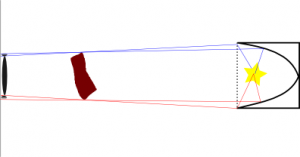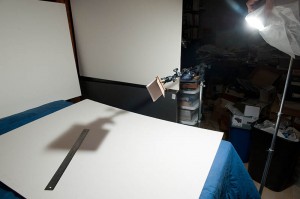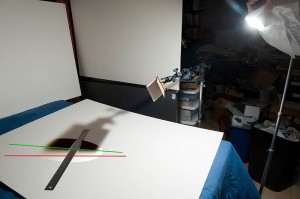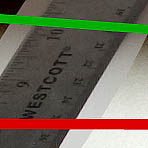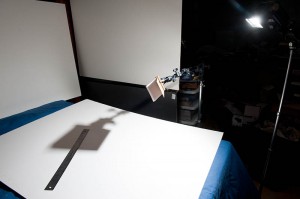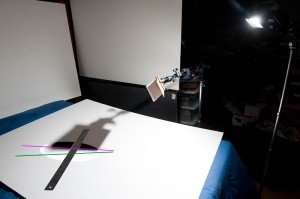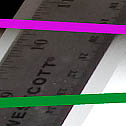Note: This started life as a post on a mailing list, but it was suggested that I should archive it here for future reference, and it does seem to be fairly extensive and maybe worth keeping around.
Obviously what one “likes” is significantly a matter of taste, and people will simply disagree to some extent. There are usually tendencies and trends in taste among large enough groups of people which can still be useful guides to design—if you want this group, don’t do that, if you want the other group over there, do some of this, and so forth.
What there isn’t is a large enough group of GOOD designers. I’d rate myself in the upper half of fannish web designers (I’m talking design, not implementation mechanics), perhaps optimistically; but that doesn’t put me on the scale at all in comparison to real professional designers. I worked for 4 years doing web work with some GOOD designers, and I can tell the difference. My attempts at elegant simplicity (which admittedly is hard) never quite come together, and I end up with things like this site and dragaera.info. My tastes and skills don’t lend themselves to the busier kind of designs at all.
With a GOOD designer, a site can be graphically rich and complex without creating a problem finding things on it, and it can still load decently for people with broadband (real graphic richness doesn’t work so well with dial-in; just too much data). Multiple media can be used to draw in people who like that, without hiding information from people who just want to read it.
This requires some extra work, some duplication of information, and suitable design. And it requires committing to some things and carrying them through in the course of the year. But it’s not terribly expensive, if you have the design talent available (hiring it commercially is expensive, by local con standards).
To add the media, maybe find people into that and appoint them your “web media team”, and tell them to go around and interview a department head each month or something.
Some potential members will feel more of a connection to the con having “face-to-face” informal time with the staff that way. Others will ignore it.
Got some good writers? Maybe they should blog about planning the convention and getting it ready. Again, it will make some people feel a connection they wouldn’t have otherwise. It’s also a great way to get across some of the important things about the convention—like that it’s all-volunteer. For the kind of convention I like, writing is better than streaming media to convey what it’s like, because showing people sitting around having a fascinating conversation makes for boring film (but don’t overlook the personal essay delivered as streaming video by somebody with some presence). Get new members and long-time members to write about their experience of the convention, either some specific year, or in general. Search other web sites and mailing lists for such articles, and ask permission to republish them (and you can generally link them in place even if they won’t let you republish).
In addition to making the content on the web site deeper and richer, you need to drive traffic to it. Obvious things include using your URL consistently in con materials. You need to do outreach. A minimum suggestion is to put stuff (flyers, bookmarks, business cards, postcards, as appropriate) at libraries, bookstores (especially specialty stores and those with a good SF selection!), teachers and schools, SF clubs, other conventions. Try for news coverage on public radio. Can you do something with public access television?
Remember that the site has to convince people who don’t know about SF conventions to give your event a try. You’ve been marketing for years to the ones who know about cons, and they’re already coming or have decided your con isn’t for them. The growth potential is in people who haven’t found classic SF fandom yet.
And you need a multi-year commitment to this stuff; it takes time for the effects to build up, and you really only get to sample the results once a year (when you hold your convention).
(This is based on the assumption that your convention is basically fine, and that there are a significant number of people who would be interested but don’t know about it in your area. As you get in new members you may start to find ways you should extend your convention itself some as well, perhaps.)
For a well-established convention that feels it’s not getting its share of new members lately, I don’t think anything much smaller than this effort is likely to make much difference. A new convention is different, but a long-established one already has about all the word of mouth it’s going to get, and probably has some mis-perceptions floating around out in the population by now.
Very very roughly, what I’ve outlined above is a few hundred person-hours of EXTRA pre-con work in the first year, and perhaps half that (not nearly so much brainstorming and figuring things out, the web site structure will be in place and the design set) in the second and later years. Which no doubt explains why so few conventions have ever taken such an aggressive promotional stance. The monetary cost is low, though; mostly printing the new flyers, bookmarks, business cards, and such (I’m assuming you already have a web site, so no new cost for that). Unfortunately, those people points are probably your scarcest resource.
It’s possible (despite what I say above) that this is subject to the 80:20 rule (since the rest of the universe appears to be). I would venture to guess that the key components are regular new content on the web site, a more personal and less monolithic view into the convention, and considerable outside action to point new people to the web site.
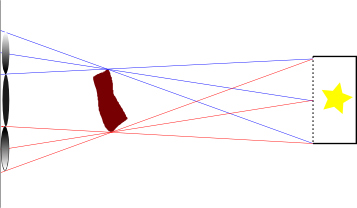
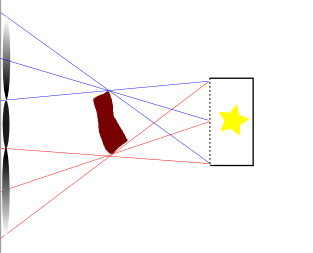
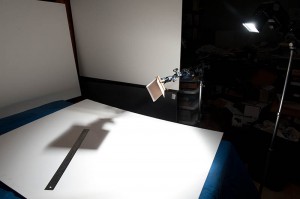
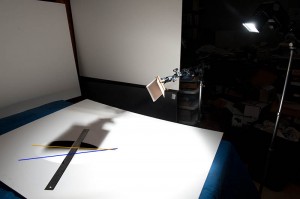
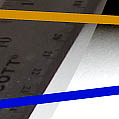 So, here’s a full-resolution crop of the part showing the shadow and the ruler. I’m going to say the gradient goes from from 19mm to 23mm, or 4mm.
So, here’s a full-resolution crop of the part showing the shadow and the ruler. I’m going to say the gradient goes from from 19mm to 23mm, or 4mm.